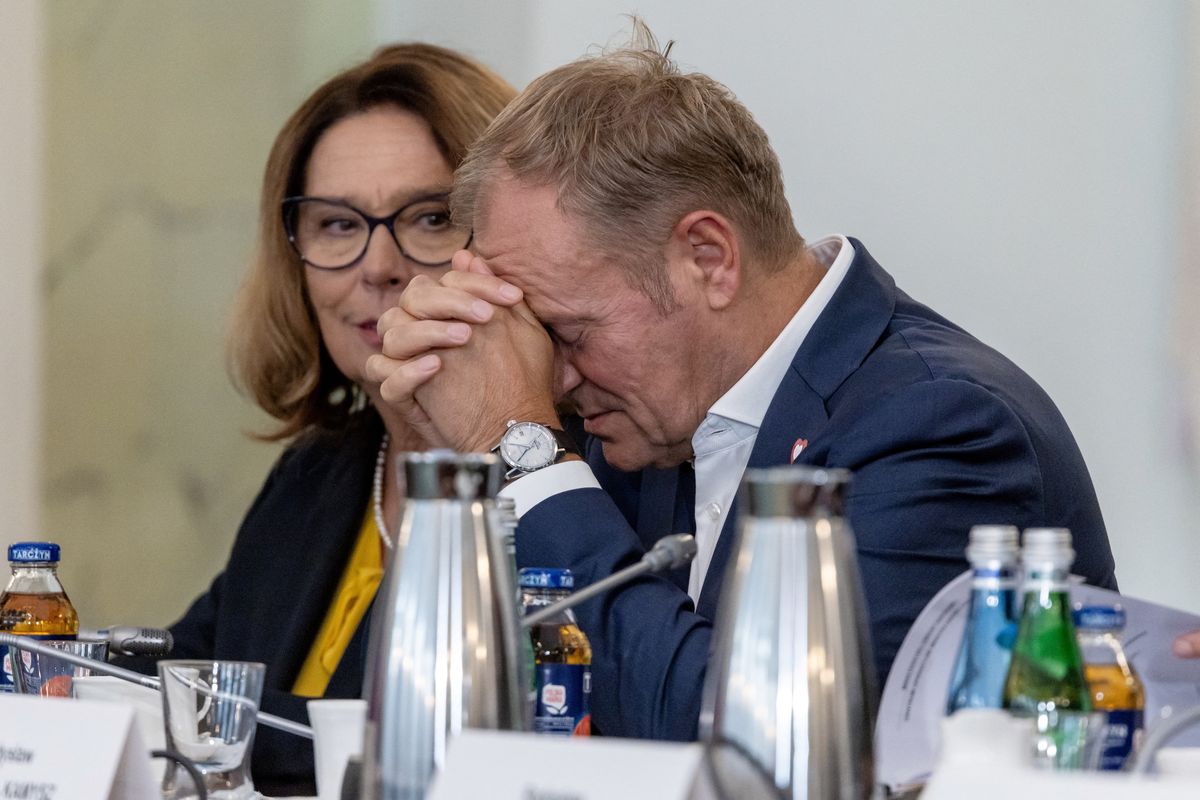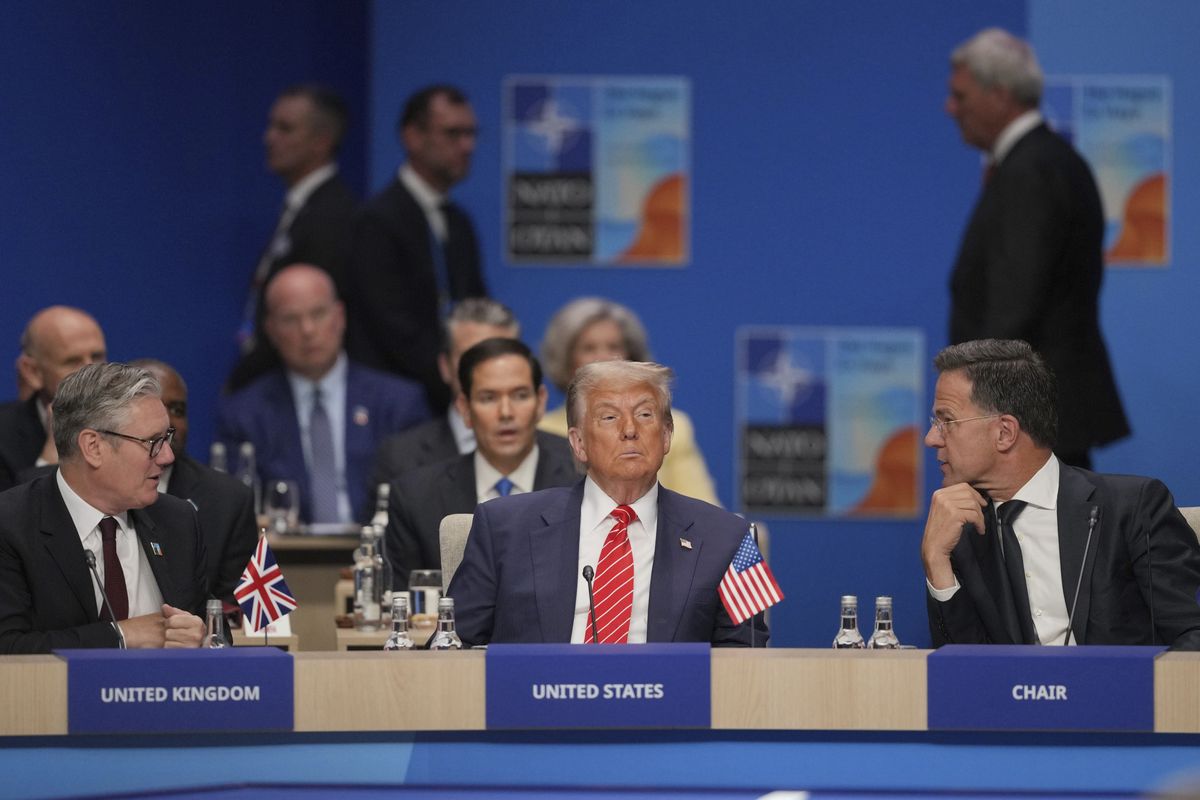Poland and other countries in the region – particularly NATO members located on Europe’s eastern flank – look to the new American administration with both anxiety and hope. During the election campaign, President-elect Donald Trump sent mixed messages about NATO and his willingness to maintain the same level of U.S. engagement in Europe. The anxiety comes with Trump’s calling the NATO alliance “obsolete” and his campaign promise to defend NATO allies only if they meet their obligations. Understanding that campaign rhetoric has its own set of rules, and is not necessarily what actual policy will look like, is the sole glimmer of hope for NATO’s future.
NATO still needs U.S. diplomatic engagement and military resources. I tend to believe that the 45th U.S. President will address as soon as possible the long-standing concern about European burden-sharing, probably long before the 2017 NATO Summit at the new NATO Headquarters in Brussels. Based upon candidate and President-elect Trump’s social media activity, I easily envisage that the 2 percent of GDP on defense spending and other tangible thresholds will be tweeted about in the upcoming days and weeks.
U.S. Is Indispensable to Europe
Since the NATO Summit in Wales in 2014, the alliance has been making slow progress. All current workings within NATO stem from U.S. or NATO bureaucracy decisions made between 2014 and 2015. The 2016 Warsaw Summit simply put the seal on those worthy initiatives – including the decision to continue demanding the 2 percent spending target and the acknowledgement that Russia’s “aggressive” actions in Ukraine challenge the vision of “a Europe whole, free, and at peace.”
The alliance has now started to take action against the Russian threat. The first productive and concrete outcome – that is, NATO’s Enhanced Forward Presence units (a modest set of four battalions located in Estonia, Latvia, Lithuania, and Poland) – are being deployed this year. The U.S. will lead the battalion in Poland. And on Saturday (Jan. 14), the Polish government welcomed 3,500 U.S. troops from Fort Carson, CO – which will spread out across seven countries in Eastern Europe for exercises.
Another credible and tangible deterrence led by the U.S. is the European Reassurance Initiative (ERI) – an enterprise that started in 2014 to reassure allies of America’s commitment to the peace and stability of Europe. This January, an armored brigade combat team deployed to Central Europe. The U.S. has also planned to move an army aviation battalion into Europe and to preposition an armored brigade equipment set later this year.
The U.S. umbrella in NATO is indispensable to Europe.
NATO & Trump Administration Unknowns
The 2016 decision to create a new structure for intelligence collection within NATO had been discussed for many years, and Trump praised this decision in a tweet.
But with the incoming U.S. administration, NATO members have to look into the congressional process of approving the first annual budget in the Trump government. This comes with some key questions from Warsaw’s perspective. What will be the ERI financing? What is the future of NATO Ballistic Missile Defense and its funding? Do we have any way to predict U.S.-NATO-Russia relations and how that will impact U.S.-led NATO initiatives?
Those unknowns will drive the security landscape of Europe in the short to medium term.
There is a silver lining, found in the January congressional hearings of key figures in the new administration. Secretary of Defense nominee General James Mattis placed Russia first among principal threats. Mattis also argued for greater American support for European allies to counter Moscow’s attempts to “break” the North Atlantic alliance. Secretary of State nominee Rex Tillerson was surprisingly blunt about his negative perception of some Russian actions. Those statements seem to be contradictory to some warm declarations made by Trump on the campaign trail toward Russia and Russian President Vladimir Putin.
Right after his inauguration, Mr. Trump must give a major foreign policy speech that makes clear the new administration's objectives and principles.
Trump Could Improve NATO
Although Trump’s policies toward Russia and NATO remain unclear, he might help to mitigate some weak spots in NATO, which have surfaced over the last two decades. For instance, the alliance needs to delegate more authority to NATO commanders so that they can better ensure the effectiveness of the Enhanced Forward Presence to respond speedily to Russian provocations. One could speculate that President-elect Trump’s nominations of so many U.S. generals to his administration means he trusts generals and could be inclined to give NATO commanders the authority they need.
To stay relevant – and not “obsolete,” as Trump likes to say – NATO needs constant adaptation. The 45th U.S. President should use his business skills to settle the problem of threat perception in NATO. It is fully understandable that there are different perceptions of threat depending on members’ geographic locations. Therefore, we have to keep a reasonable balance within NATO between threats emanating from the South and the eastern threat – Russia. The situation might evolve very rapidly. From a strategic perspective, the biggest challenge is to be ready for two distinct threats from two different directions. From my experience, be it at NATO Headquarters or inside the Beltway, it is reasonably easy to find a common point of view within the military. The challenge starts when politicians, with their natural tendency to vary themselves, try to find a consensus. With 28 nations, NATO is an extremely large arena for diverse views. Trump should use his business acumen to stay above the politics and provide a clear picture of the most pressing threats to the alliance.
Much water has flowed under the bridge since Poland became a NATO member in 1999. Back then, for example, military decision-makers at NATO Headquarters could smoke during the official sessions of the Military Committee. That has since changed. But one issue that must remain unchanged and unconditional for all members is NATO’s Article 5 – the mutual defense clause which states an attack on one member is an attack on all. Trump has called into question the U.S. commitment to Article 5. If this is mere rhetoric, and America stays engaged with NATO and upholds its commitments, then Trump – with his business background – could actually help NATO define its threats and delegate to the proper authority to strategically plan and, where necessary, enable a response.












